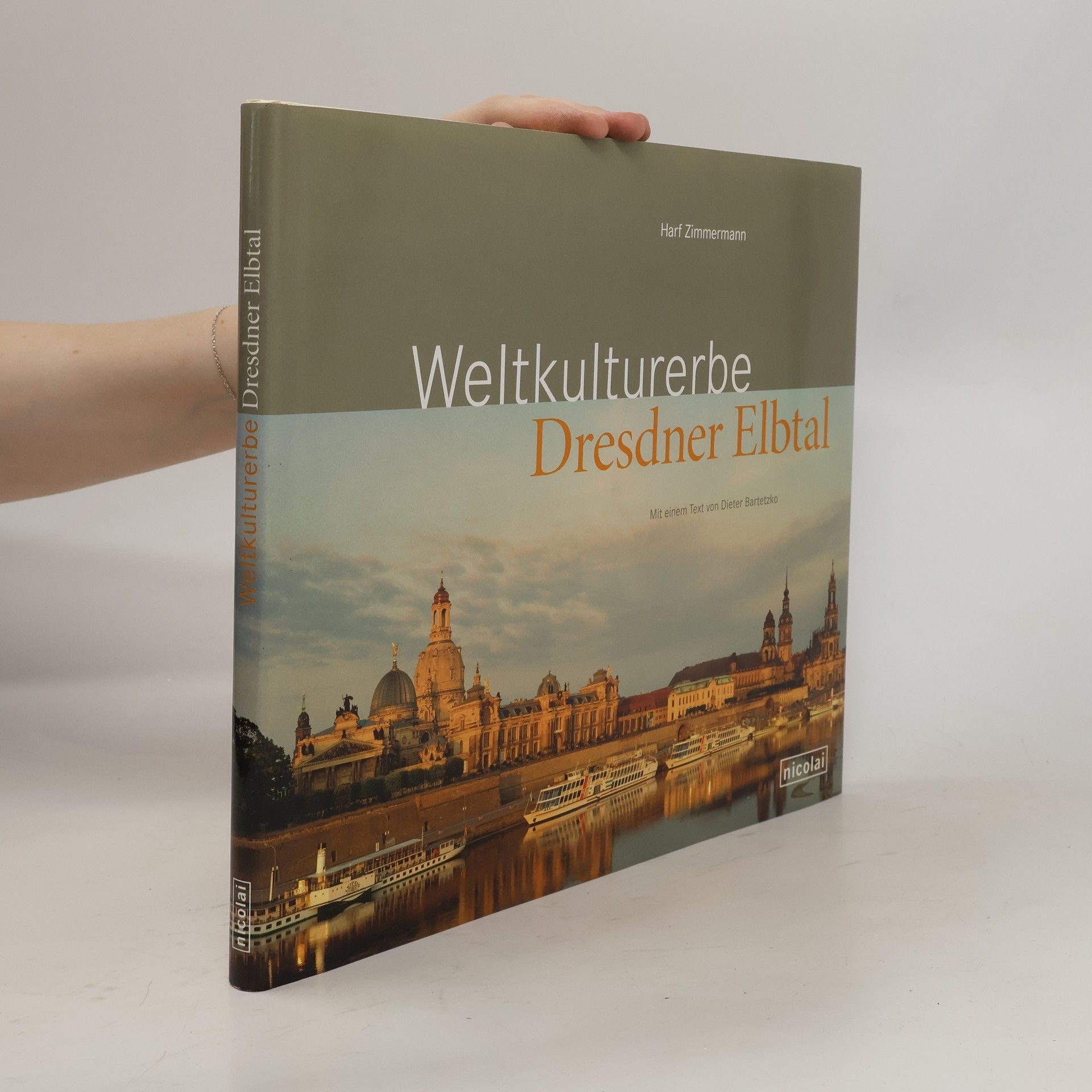"Though these pictures appear like magnificent modern paintings, they are in fact a deeper unconscious social artistic expression of an urban re-development that historical events since the Gründerzeit have fermented and brought to the surface." --Robert PolidoriThe soaring, rigid walls of the tenement blocks torn open by the bombing of World War II dominated the German streetscapes of the 1950s. Fire walls, originally integrated in the building and serving as fire shields, suddenly became visible and turned into outer walls. That is how the originally rather technical term got a new firewalls as walls spared by the fire. Those long brick walls often adjoin to vast vacant lots once taken up by buildings that were never reerected after the war. Window cover the walls without any rational order, bearing witness to the troublesome moments of Germany's history in traces of bullets, shrapnel holes, the outlines of previous buildings and provisional repairs. The remarkable housing boom following the fall of East Germany whitewashed most of the scars and overgrew the occasional graffiti and advertisements originally decorating those walls. A look behind them reveals the imprint of the building's story.
Harf Zimmermann Libros
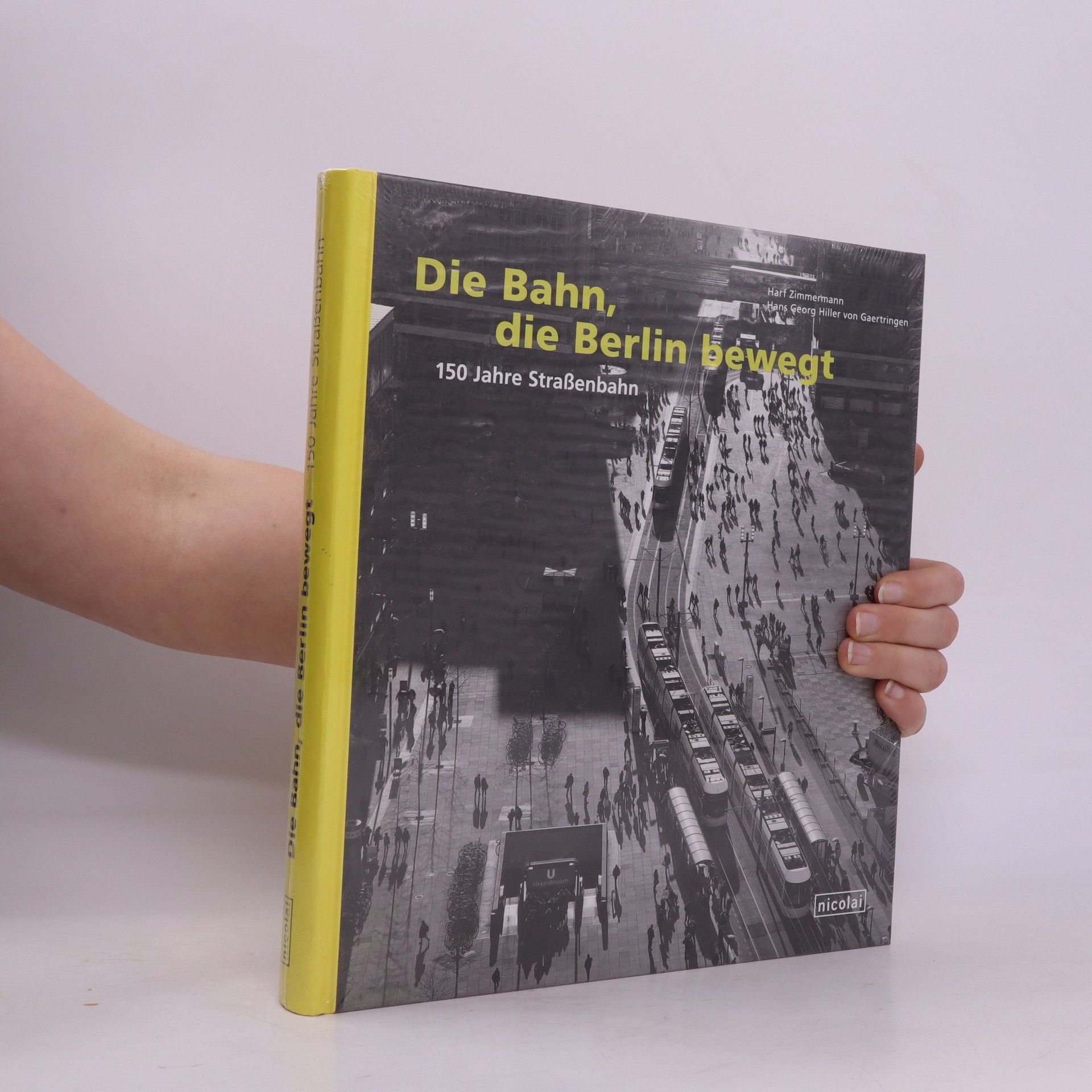

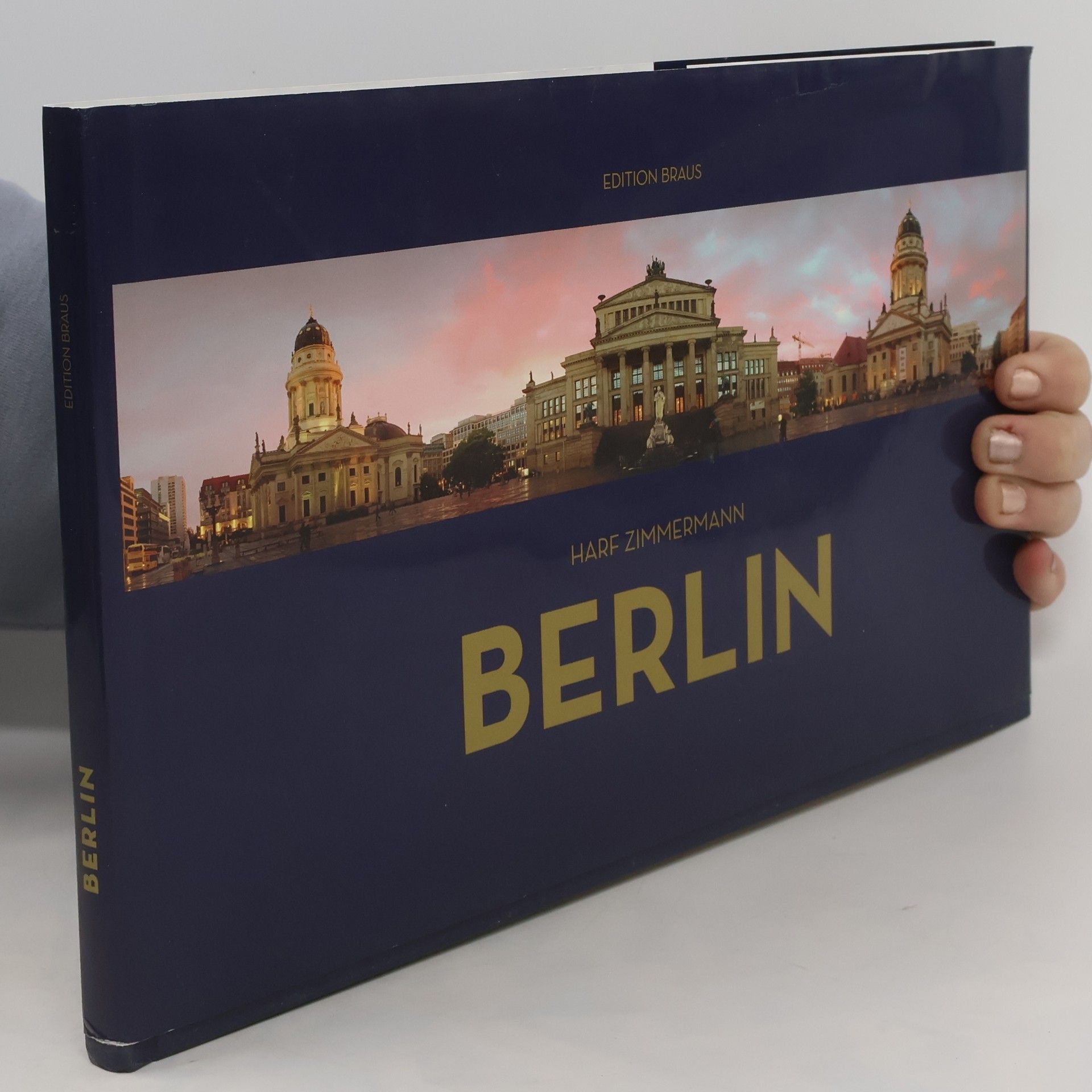
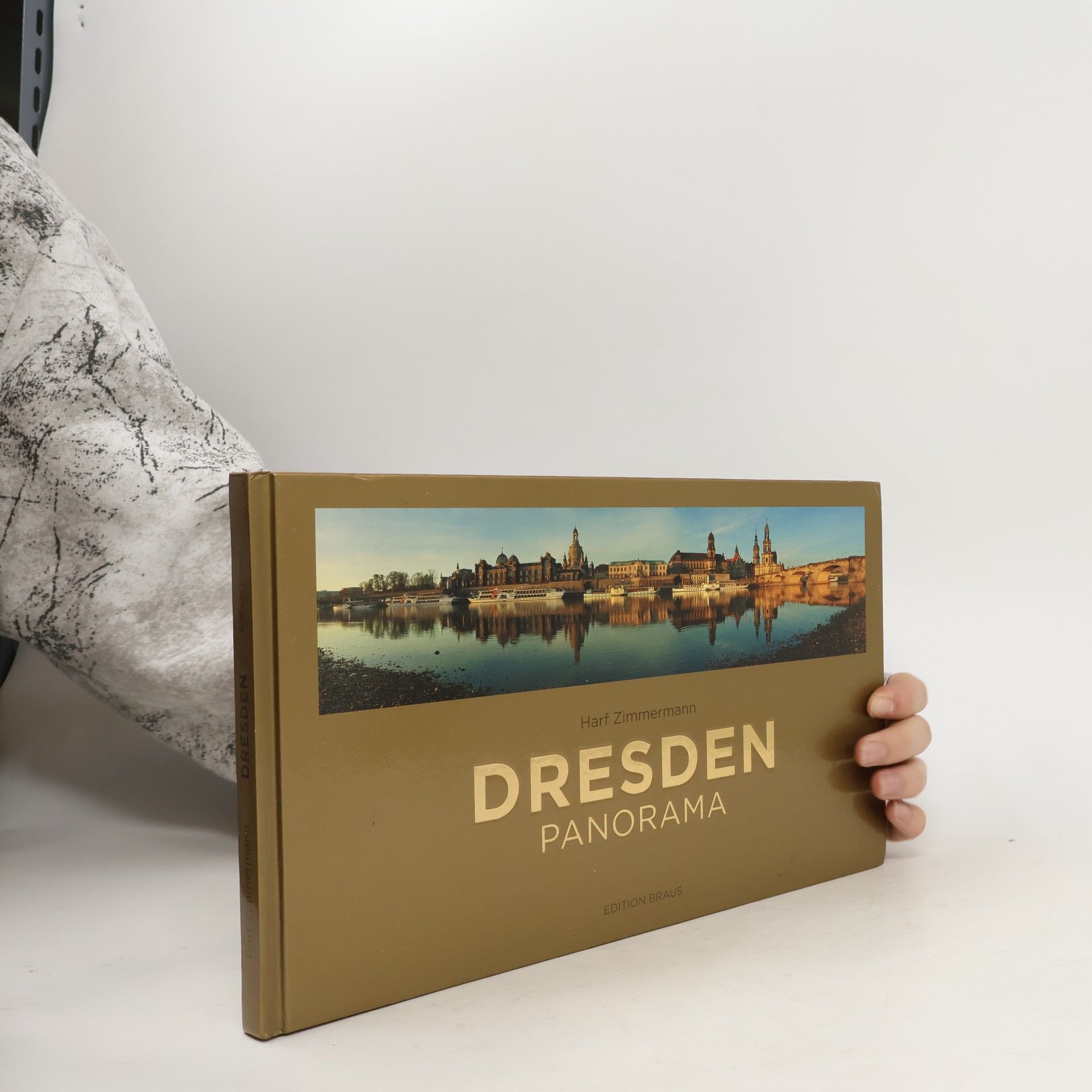
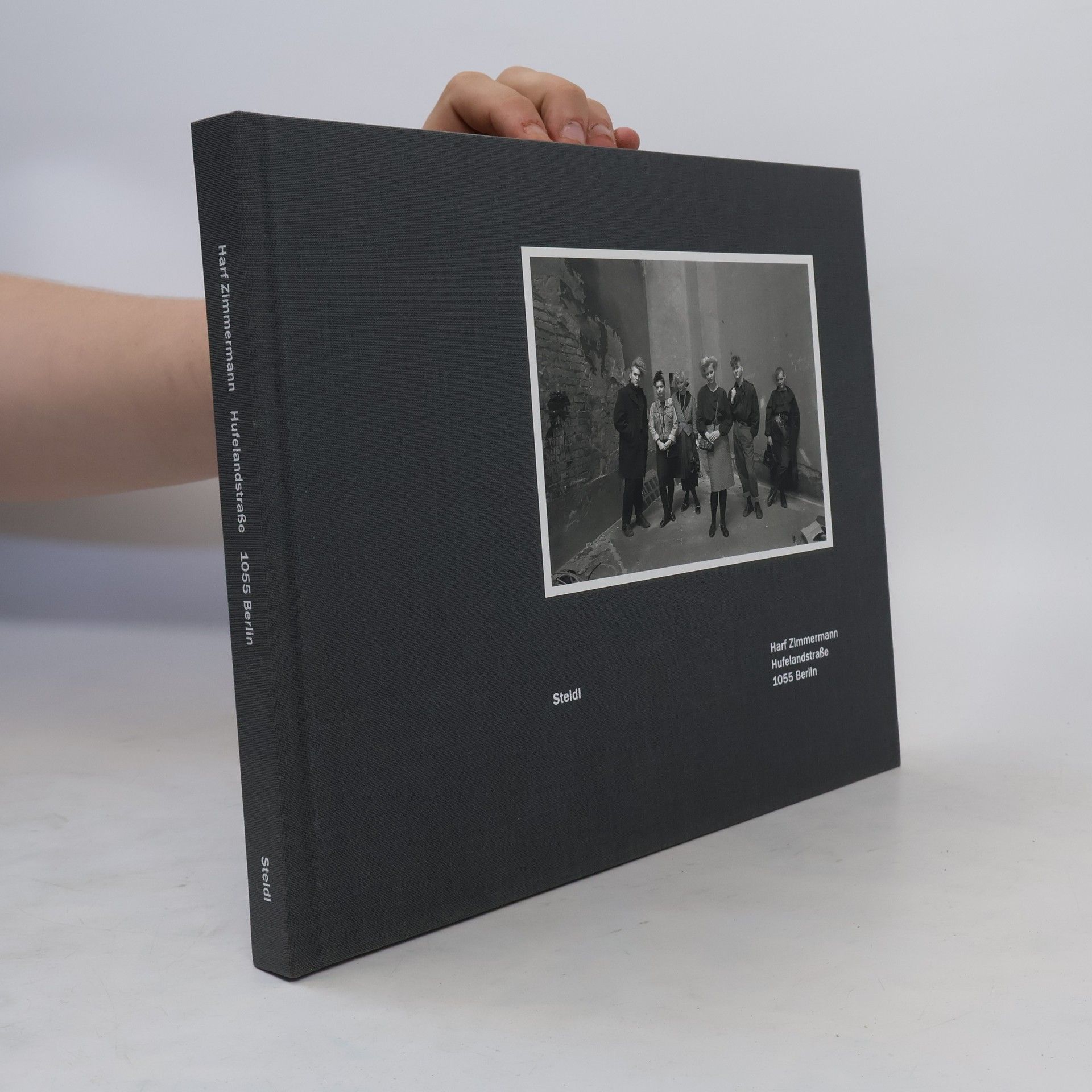

Hufelandstrasse, Berlin 1055 is Harf Zimmermann’s (born 1955) 1986–87 black-and-white portrait of the people and places of Hufelandstrasse, a bustling neighborhood street in the heart of communist East Germany, inspired by Bruce Davidson’s East 100th Street .
Überformat, 70 farb. Panoramen, 180 bis 360 Grad Panoramafotos, mit mehreren 1,20 m breiten Ausklappern
Der Kornversuchsspeicher in Berlin
Eine fotografische Langzeitstudie
1865, heute vor 150 Jahren, startete in Berlin ein Experiment, das als großer Erfolg in die Geschichte einging: Eine zweistöckige, von Pferden gezogene Kutsche auf Schienen fuhr „über Land“ vom Brandenburger Tor nach Charlottenburg – die erste Straßenbahn Deutschlands. Durch Werner von Siemens’ genialen Erfindung eines praxistauglichen Elektroantriebs schlug 1881 die Geburtsstunde der „Elektrischen“, wie sie die Berliner liebevoll tauften. Für diese Jubiläumspublikation ist aus den großen Archiven Deutschlands umfangreiches, zum Teil unveröffentlichtes Bildmaterial zusammengetragen worden. Den historischen Bildern stehen die eigens für diesen Band aufgenommenen Fotografien von Harf Zimmermann gegenüber, in denen die Modernität der Straßenbahn von heute greifbar wird. Das Buch enthält außerdem eine ausführliche Chronologie, Beiträge namhafter Autoren, ein Interview mit dem Straßenbahn-Chef Klaus-Dietrich Matschke sowie bewegende Schilderungen von Zeitzeugen über ihre persönlichen Erlebnisse mit der Straßenbahn.
